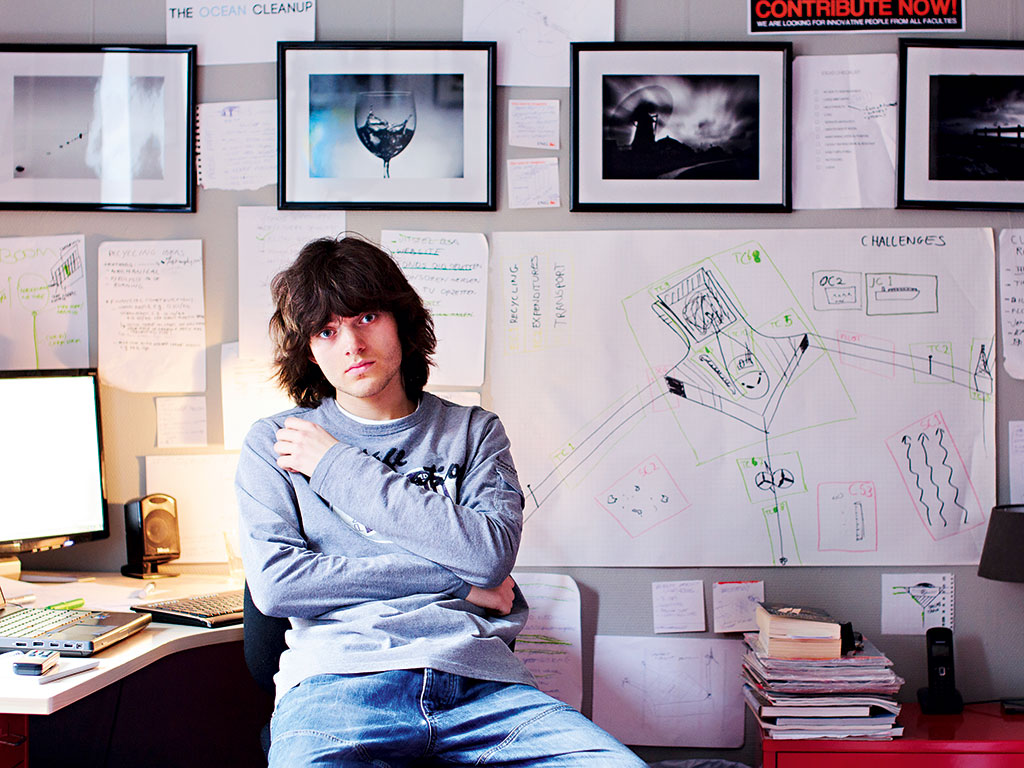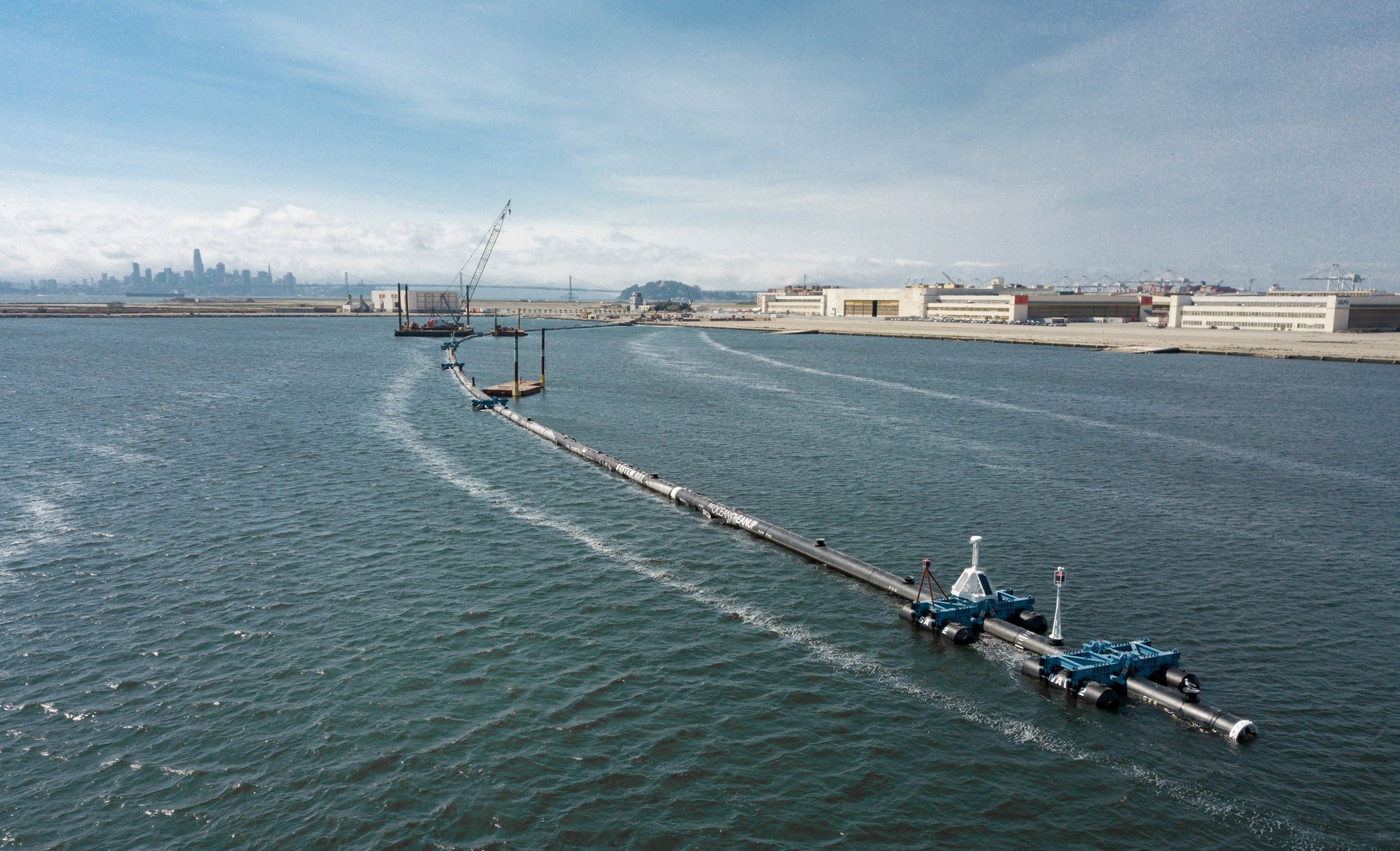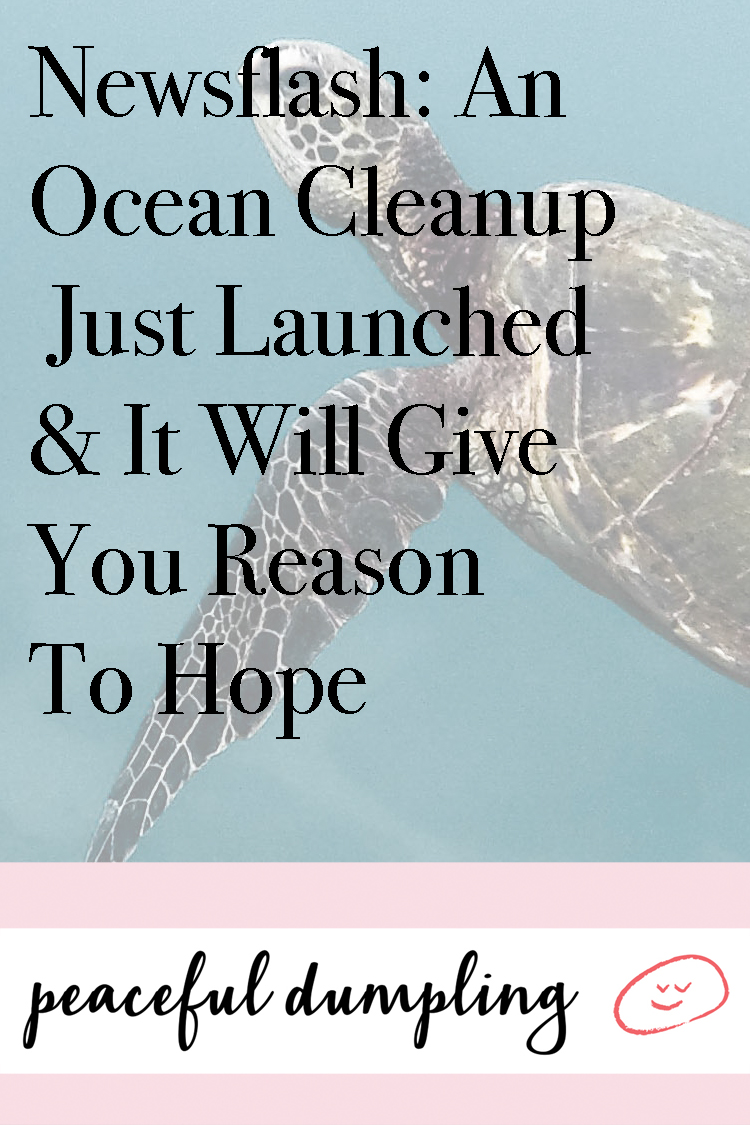The giant pacific garbage patch: three times of size of France and growing by the minute. You’ve heard about it, I’m sure and are no doubt appalled. You’ve likely shed a tear at the photos of the turtles, seabirds and cetaceans whose lives have been destroyed by it. You may have bought yourself a reusable coffee cup, even. But the important thing we need to focus on is the remedy. How can we make everything better? Is it even possible when we’re facing such large-scale pollution?

Here at Peaceful Dumpling, we’re fans of solutions and especially those that are the brainchild of an everyday, normal person. These are the kinds of stories that give us hope that we too can change the world, one bold idea at a time. There’s nothing more inspiring, after all, than the story of the underdog clawing his or her way to the top and proving to the world that enough chutzpah can see any idea brought to life.
Perhaps the latest and greatest of such ideas is System 101 founded by Dutch inventor, Boyan Slat of The Ocean Cleanup. Slat is said everyday, normal person. Perhaps not now that his project has finally come to fruition, but back in 2012 at the tender age of 18, the forward-thinking young man proposed a wild project with the sole aim of cleaning up the mess we’ve created in our world’s seas.
Slat was just a boy when he was diving off the coast of Greece and utterly heartbroken to see more plastic than fish. He had no expertise or background in the area, but the question lingered with him, “why don’t we just clean this up?” Shortly after graduating high school, Slat was invited to present at a TEDx conference and while his idea didn’t initially attract widescale attention, within six months he quit his degree in Aerospace Engineering and founded The Ocean Cleanup with just 300 euros in savings! Within a year of the TEDx talk, the video went viral after several news stations stumbled across it. From there, crowdfunding helped turn it into what is now a team of over 70+ experts that – just this past week – have launched System 101 into the Pacific Ocean, off the coast of San Francisco.

The system works based on the concept of passive drifting. It’s rather simple really; much like placing a giant fishing net in the water, the device works with a buoyancy aid keeping a 3-meter skirt dangling just below the surface. The skirt catches the plastic that floats by and prevents it from going underneath and the buoyancy aid acts as a block preventing the debris from flowing over the top.
There are mixed theories about how much of the large plastic items entering our oceans stay at the surface as opposed to sinking, and truly, the data is insufficient at this point to give us any robust figures. But going based purely on what’s visible, it is apparent that the surface sure isn’t a bad place to start; particularly based on how many ocean-dwellers call this pelagic zone their home and foraging zone.
The system is designed to catch plastics ranging from but a few millimeters in size up to the larger items we’re all highly familiar with: bottles, plates, cups, silverware, food wrappers and – of course – discarded “ghost” fishing nets. And once accumulated, specialized vessels will be brought in to remove the vast quantity of waste.
The predictive modeling the team has been using has projected a 50% reduction in total waste in just five years; an astounding figure that would have tremendous positive repercussions on all marine ecosystems as a result. But, of course, there are many eyes on the project, concerned about how this large flotation device akin to longline fishing will impact the very organisms it is trying to protect.

Engineers have created the device with four important animal protection features. These include: the inherent slow speed of the drift. This – in theory – allows any organisms that encounter it to have plenty of time to swim underneath and out of its path. Secondly, because the screen hanging below the uppermost flotation component is impenetrable, the current is naturally pulled underneath, dragging with it organisms like plankton that passively drift in the surface waters. Next, unlike nets which are highly problematic because they are so easy to become entangled in, this screen does not feature the mesh-like properties of a net, so the smooth surface does not attract fins/flippers to become lodged. Lastly, because vessels only come to the rescue for a collection service periodically, there will always be people present to check for trapped organisms and aid their release.
As you read this, the system is on its way to the test zone a couple hundred miles off the coast of San Francisco to participate in a two-week trial which will assess its efficacy. If proved to be a success, it will be towed far out into the Pacific to begin tackling said aforementioned garbage patch. For now, we wait. But I know where my eyes and ears will be directed over the coming weeks. Could this be the device that might just save our seas? Only time will tell.

How are you affected by ocean plastics? Have you made any sustainable changes lately?
Also by Kat: This Cool London Workspace For Sustainable Science Is Reason To Stay Hopeful
Related: The Truly Mind-Boggling Way Our Synthetic Clothes Are Polluting The Oceans
This Belgian Effort To Recycle Ocean Plastic Is Overdue Morale Booster We All Need
Get more like this–Subscribe to our daily inspirational newsletter for exclusive content!
—
